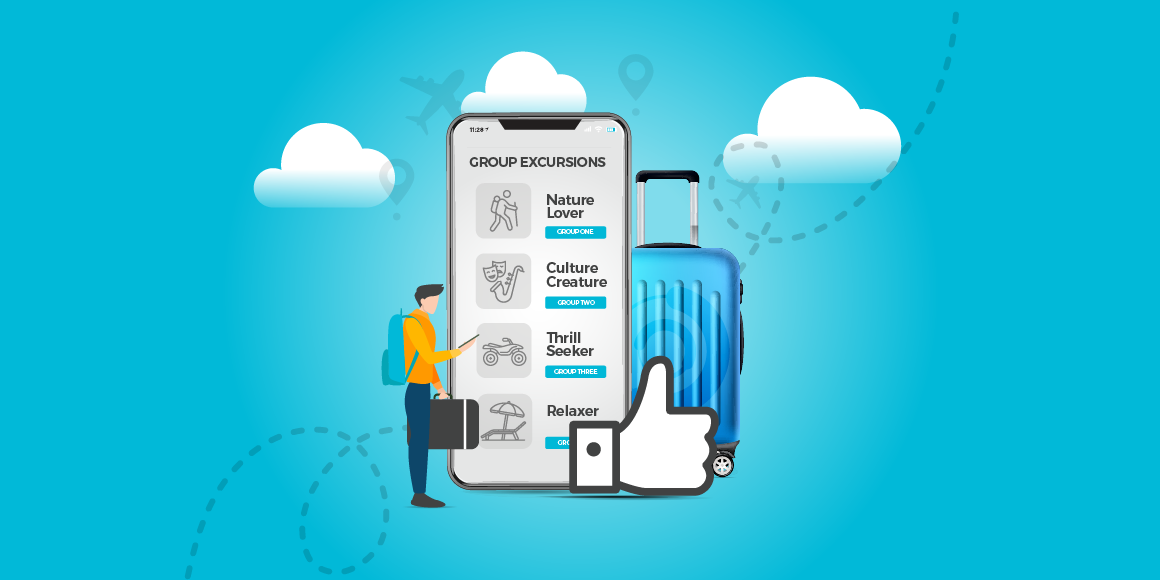Whether you realize it or not, choice architecture is a prevalent and powerful force at play in many of the decisions we make.
Choice architecture refers to the deliberate design and display options that impact how people make choices. Most used with pricing, choice architecture can impact lots of different things, like how we choose goals, how we invest our time, our money, and more.
Here’s an image to exemplify choice architecture:

This example of a pricing page from Campaign Monitor is a great example of how choice architecture comes into play with price:
Next to the other two prices, Premier looks like it’s kind of over-priced, right?
But in turn, the presence of a $149 price tag makes the Essentials plan (coming in at a measly $19 seem much more reasonable)
The Basic in turn seems like you’re missing a lot of value if you don’t go with the Essentials plan. What’s another $8 compared to the $149 more for Premier.
In other words, choice architecture the pricing manipulation that we all fall for. It’s everywhere: wine, software, cars, you name it. But choice architecture doesn’t just have to be the unseen force behind our own decision making; it can also be leveraged as a powerful tool.
Choice Architecture and Goal Setting
When it comes to motivation, we can use choice architecture to help an audience achieve their goals. There’s a lot of research that suggests that when setting goals, self-selection often leads to more frequent achievement of that goal. Add choice architecture in here and we get a set of goals that allow our audience to stretch themselves to better hit them.
Here are two examples of how this works:
Working with a sales team
If you have a sales team that needs to hit certain quotas, use choice architecture, to set up three goals to pick from:
- Standard: This is your baseline. The goal is to pull in the number of deals and customers needed to be comfortable. They’ll maintain the relationships they have while garnering some new ones. Overall, a good quarter.
- Rev It Up: This is a bit of a stretch goal that has them pulling in 15% over quota and pays them accordingly. After all, who’s not hungry for some big payouts?
- Go for Gold: They’ll be the best in the business this quarter and won’t slow down until they seal over 30% more deals than the standard quota. Winners like this get awarded like they should.
Working with a group of customers
Let’s also say you want to set goals for your customers. Choice architecture can help with that as well! Try something like:
- Don’t Rock the Boat: They do good business with you regularly. Let’s keep that up. With this goal, they’ll aim to maintain that same volume.
- Push Your Limits: They have the potential to grow with you and grow they will. Picking this goal means spending 5% more with you this year, and their payout will be well-earned.
- Shoot for the Stars: Together, you’ll become great. They’ll quickly become a top customer, spending more than 10% YoY with you, and be rewarded with the #1 reward experience.
Both examples exemplify choice architecture, because grouping these together allows those who can shoot for the middle of the pack to feel like they’d be achieving more than the average. Additionally, it allows those who go for the top tier to feel like they’re really shining above the rest.
Conclusion
Incorporating choice architecture into your incentive programs is not just about guiding choices; it's about empowering them. By presenting options in a structured and strategic manner, you can significantly influence the decisions of your teams and customers, steering them towards outcomes that are beneficial for both them and your organization. This nuanced approach ensures that individuals feel autonomous in their decision-making process while subtly nudging them towards more advantageous choices.
Implementing such a strategy requires a deep understanding of human behavior, psychology, and market dynamics. That's where we can help. With our expertise in managing incentives and rewards programs, we can help you design and implement choice architectures that align with your business goals and motivate your audience effectively. Whether it's setting ambitious sales targets for your team or crafting unique incentive programs for your customers, our solutions are tailored to meet the diverse needs of your business.






